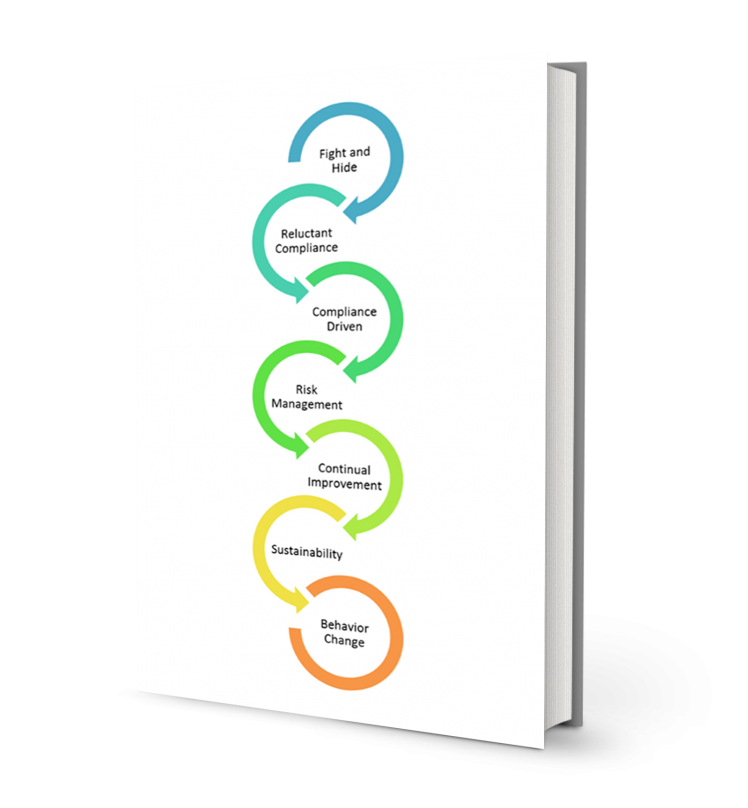HUMAN CAPITAL MODEL: A BASIS FOR HUMAN CAPITAL DEVELOPMENT THROUGH PHYSICAL ACTIVITY AND SPORTS IN NIGERIA
OFFODILE, Humphrey, N
Department of Human kinetics and Health Education, Nnamdi Azikiwe university, Awka Anambra State, Nigeria.
OBIKA, Ujuagu
Department of Human kinetics and Health Education, Nnamdi Azikiwe university, Awka Anambra State, Nigeria
UZOR, Theresa Nkiru
Department of Human kinetics and Health Education, Nnamdi Azikiwe university, Awka Anambra State, Nigeria
The Human capital model for physical activity (PA) and sports was formulated with the aim of drawing the attention of stakeholders on the importance of looking at physical activity and sports beyond health benefits alone. The model describes Physical activity and sports as a form of ?capital? just like in economic terms where there is emphasis on value. Thus, the value derived from Physical activity and Sports was encapsulated in six domains of Capital-Physical capital, Emotional capital, Financial capital, Social capital, Individual capital and Intellectual capital. The paper interconnected these domains of capital into three contexts- Lasting relationships, Body appearance and financial relief, and highlighted their implications on human capital development such as self-esteem, entrepreneurship, social networking and job efficiency in Nigeria. The paper concluded by recognizing that PA and sports can contribute to human capital development in Nigeria through active participation and government intervention. Capital, Model, and Development
Abboth, S and Freeth, D(2008) social capital and health. Starting to make sense of the role of generalized trust and reciprocity. Journal of health psychology. 13(7) 874-883. Ali, S.M and Lindstrom, M. (2006) Socioeconomic, psychosocial, behavioural and psychological determinants of BMI among young women. Differing patterns for underweight and overweight/obesity. European journal for public health. 16(3) 324- 330. Bailey, R,Parnell, D, Cope, E and Reeves, M. (2016) Sport, Education and social policy: The state of the social sciences of sport. London. Routledge. Bailey, R; Hillman, C; Arent, S and Petitpas, A. (2013) An underestimated investment in Human capital. Journal of physical activity and health. 10 289-308. Bailey, R; Hillman,C; Arent, S; and Petitpas, A.(2012) Physical activity as an investment in personal and social change. The human capital model. Journal of physical activity and health. 10 289-308. Bailey, R.P (2006) Physical education and sport in schools. A review of benefits and outcomes. Journal of school health76(8) 397-401 Berkman, L.F, Kawachi, IandGlyman, M.M.(2014). Social epidemiology (second ed) Oxford university press. Cadilhac, D, Cumming, B and Magnus, A.(2011) The economic benefits of reducing physical inactivity: An Australian example. International journal for Behavioral nutrition and physical activity. 8 99. Caspersen, C.J (1985) Physical activity, exercise and physical fitness. Definitions and Distractions for health-related research. Public health reports. 100(2) 126-157 Chang-Fu, L and Zongfu, M.(2014) Association between social capital and physical activity among community dwelling elderly in Wuhan, China. International journal of Gerontology 12(2) 155-159. Grogem, S.(2008) Body image, understanding body dissatisfaction in men, women and children. London/Newyork. Routledge. Hafner, M, Yerushalmi, E, Phillips, W;Stepanek, M, Pollards, J, Deshpande, A,Whitmore, M, Millard, F,Subel,S and Stolk, V( 2011). Estimating the global economic benefits of physical active populations of over 30 years (2020-2050). British journal sports medicine. 54 (24). Jackson, A.W, Marrow, J,Hill, D and Dishman, R.(2004) Physical activity for Health and fitness. Human kinetics.ChampaignIL
Karacabey, K.(2005) Effects of regular exercise on health and disease. Neuro Endocrinal 26(5) 617-23. Naczenski, L.;De Vries, J.D, Medelon, L.M and Hoff (2017). Systematic review of the association between physical activity and burnout. Occupational health 59, 6. Palvarinne, V, Kautianen, H andsKiviranta, I (2019) Relationship of leisure time physical activity and work ability between different occupational physical demands in adult working men. International archives of occupational and environmental health. 92 739-746. Pop, C.L (2017) Physical activity, body image and subjective wellbeing. Doi:10.5772/inechopen.68333 Rubin, H, Bukowski, W and Parker J. G (2006) Peer interactions, relationships and groups (Eds) Hand book of child psychology. Newyork.Wiley. Sallis, J.f;,Comway, T.L, Prochaska, JJ,Mckenzie, T.L, Marshal, S.J and Brown. M.(2001) The association of school environments with youth physical activity. Journal for public health. 91(1)618-620. Schulenkorf, T.(2013) Sport for development events and social capital building : A cultural analysis of experiences from Sri lanka. Journal of sport for development 1(1) 25-36. Szrester, S and Woolcock, M.(2004) Health by association? Social capital, social theory and political economy of public health. International journal of Epidemiology. 33(4) 650-667 World Health Organisation (2013, February 6th). A global brief of hypertension. Retrieved from https:// www.who.int.
Karacabey, K.(2005) Effects of regular exercise on health and disease. Neuro Endocrinal 26(5) 617-23. Naczenski, L.;De Vries, J.D, Medelon, L.M and Hoff (2017). Systematic review of the association between physical activity and burnout. Occupational health 59, 6. Palvarinne, V, Kautianen, H andsKiviranta, I (2019) Relationship of leisure time physical activity and work ability between different occupational physical demands in adult working men. International archives of occupational and environmental health. 92 739-746. Pop, C.L (2017) Physical activity, body image and subjective wellbeing. Doi:10.5772/inechopen.68333 Rubin, H, Bukowski, W and Parker J. G (2006) Peer interactions, relationships and groups (Eds) Hand book of child psychology. Newyork.Wiley. Sallis, J.f;,Comway, T.L, Prochaska, JJ,Mckenzie, T.L, Marshal, S.J and Brown. M.(2001) The association of school environments with youth physical activity. Journal for public health. 91(1)618-620. Schulenkorf, T.(2013) Sport for development events and social capital building : A cultural analysis of experiences from Sri lanka. Journal of sport for development 1(1) 25-36. Szrester, S and Woolcock, M.(2004) Health by association? Social capital, social theory and political economy of public health. International journal of Epidemiology. 33(4) 650-667 World Health Organisation (2013, February 6th). A global brief of hypertension. Retrieved from https:// www.who.int.

